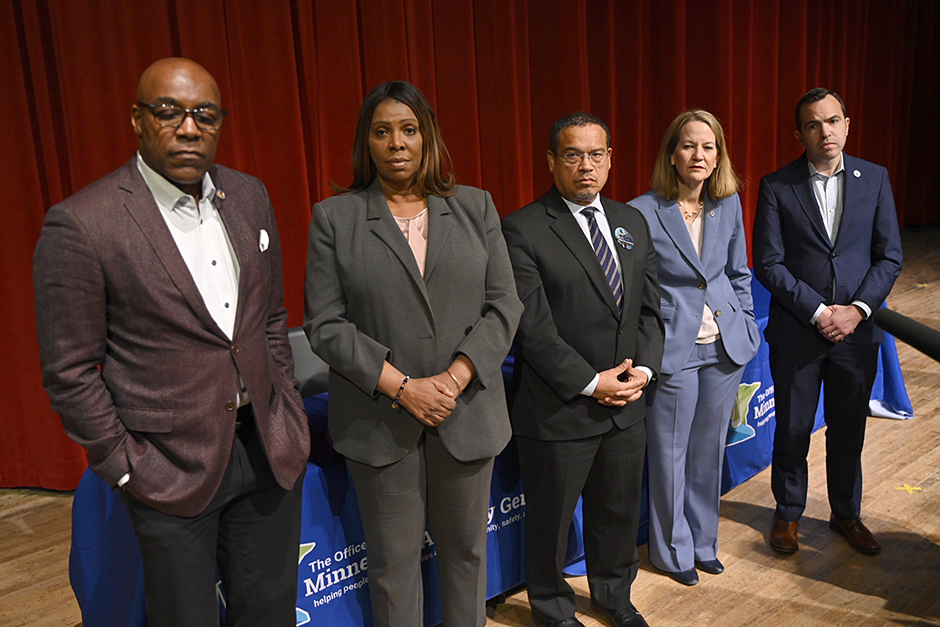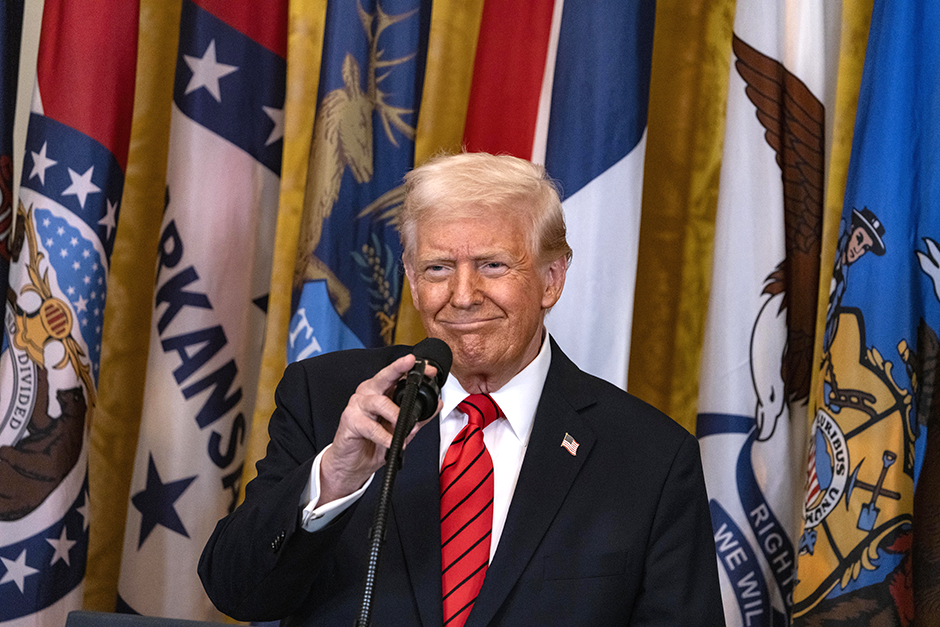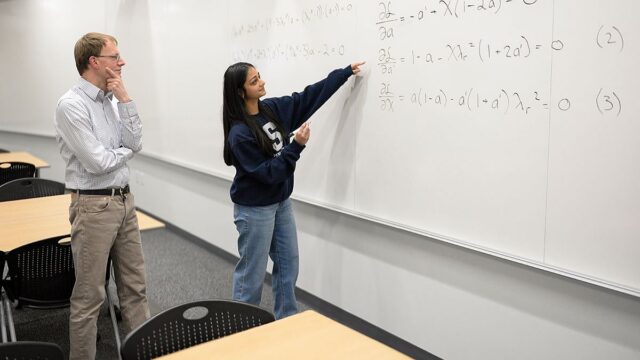Divya Tyagi of Penn State Student Solves 100-Year-Old Math Problem | Penn State University’s Official Website (psu.edu)
Wind Turbine Research: Indian-origin aerospace engineering graduate student Divya Tyagi at Penn State University has upgraded a mathematical concept nearly 100 years old, facilitating the efficacy of wind energy technology. Her research reexamines and reformulates the complicated equations penned by British aerodynamicist Hermann Glauert in 1926, which have been foundational in understanding wind turbine aerodynamics.
Glauert’s original equations were a key factor in working out the expected aerodynamic performance of wind turbines, but the work initially focused on maximizing power alone. However, these equations did not take into consideration the resultant forces and moments on the blades (thrust, bending moments) which are mandatory for the efficiency and integrity of the turbine design.
Divya’s research builds off Glauert’s model to account for these additional aerodynamic effects. By bringing to bear the calculus of variations — a mathematical tool for solving constrained optimization problems — she developed a unified and simplified solution. This not only adjusts the performance prediction, but also provides a more accurate engineering tool.
Divya’s work has implications that reach far beyond. For a large wind turbine, a 1% enhancement in the power coefficient can lead to considerable energy generation, enough to power entire neighbourhoods. She hopes her research will lead to faster and cheaper designs for wind turbines, to help advance renewable energy technologies.
Overall, Divya’s success is a testament to the dedication and strategic thinking that he exhibits, which has also made him popular among academic circles. Her undergraduate thesis on the topic earned her the Anthony E. Wolk Award, awarded for best theses to senior aerospace engineering students. Professor Sven Schmitz, her adviser, said her elegant solution could affect the design of future wind turbines and end up in the curricula at universities around the world.
Currently pursuing her master’s degree, Divya is broadening her research to computational fluid dynamics simulations of airflow around helicopter rotors. The goal of her research is to perfect the way helicopter rotors interact with ship airwaves and enhance flight simulation for pilots, which would ultimately lead to increased pilot safety and showcase her commitment to developing aerospace engineering.
Divya’s breakthroughs demonstrate how revisiting tried-and-true scientific models can lead to success. Her work not only pays tribute to the pioneering efforts of people like Glauert, but also sets the stage for future breakthroughs both within wind energy and far beyond that field.

















































